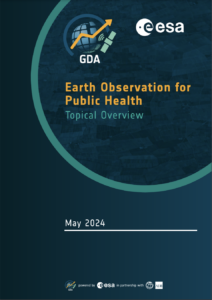On Facebook and Twitter, on Youtube and TikTok, and in countless WhatApp groups, Farmers around the world are employing everyday, pervasive social media platforms to
support their agricultural livelihoods. Through their posts, shares, photos and videos, they are building and exchanging knowledge, offering mutual support, and inventing new
markets and marketing channels.
In Kenya, and China, and around the world, these emerging practices already involve a young, dynamic and growing subset of the farming community. In Kenya, for example, there
are farming groups on Facebook with hundreds of thousands of members, with enough activity to shape agricultural markets, including what people grow, and how much they get paid for their produce.
This summary report offers an overview of these practices, and why they are important — practices that, in the aggregate, we call “Social Agriculture”: Social agriculture refers to a set of practices that support agricultural livelihoods— including information exchange, support mechanisms, and markets—where these are based on the use of social media platforms in countries with a high proportion of their workforce in agriculture.
The overview takes the form of ten key takeaways from extensive and multi-method research in Kenya, carried out over nine months in 2021–22. It includes clear recommendations for policymakers and technology companies to improve conditions for youth practicing social agriculture, and is intended to spark further interest in (and collaborations among) those interested in youth employment and the digital transformation of agriculture.
The research was carried out by Caribou Digital, Kilmo Source (a research firm led by Cathy Kamanu, also founder of one of Kenya’s largest agricultural Facebook groups, Farm Ink, and Habitus Inc, in Partnership with the Mastercard Foundation.





